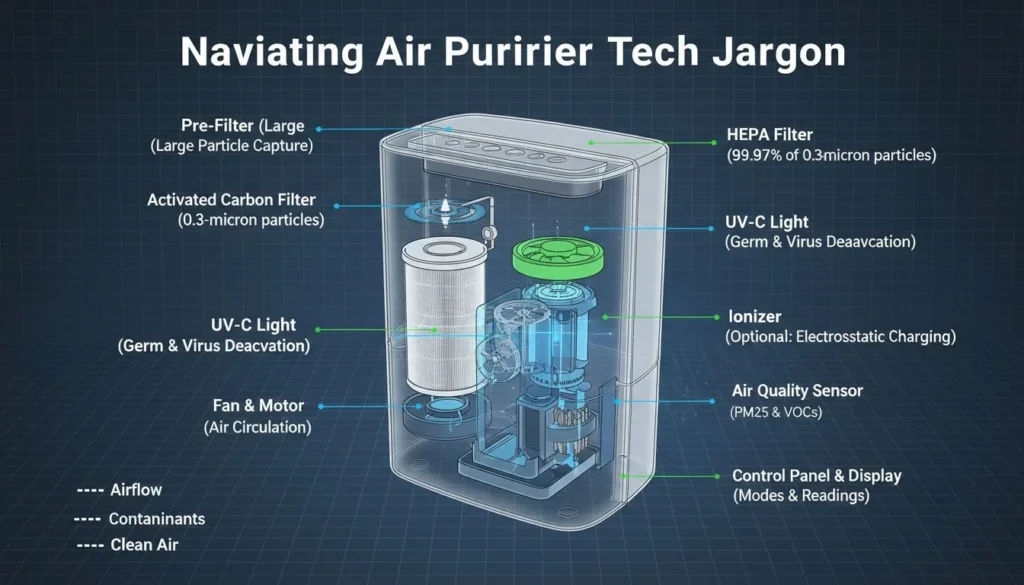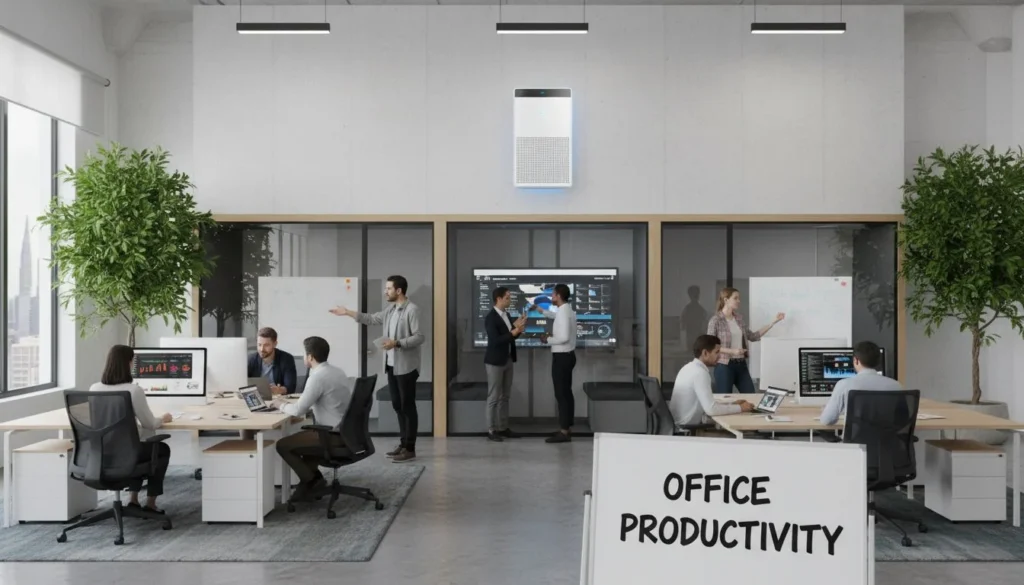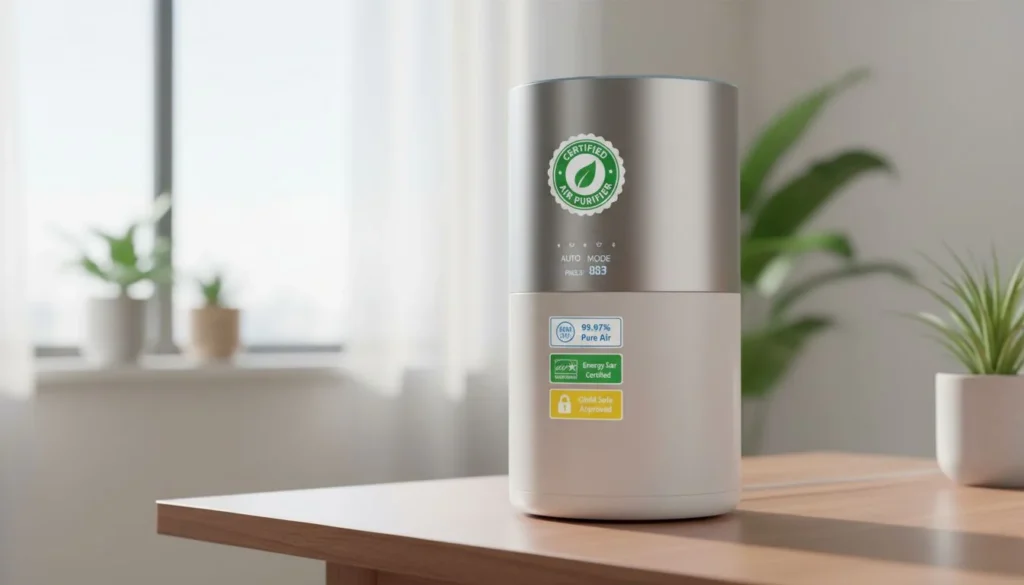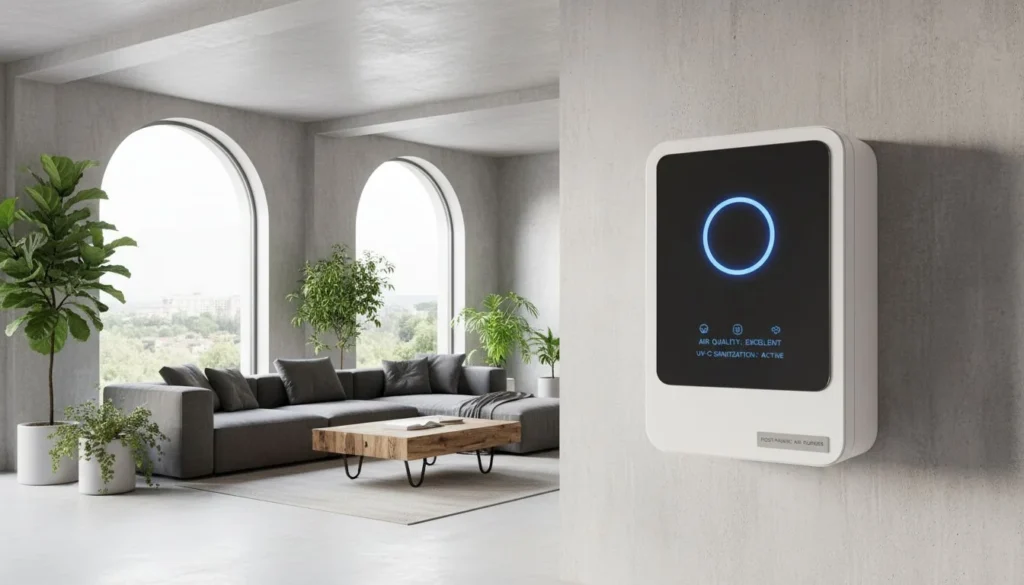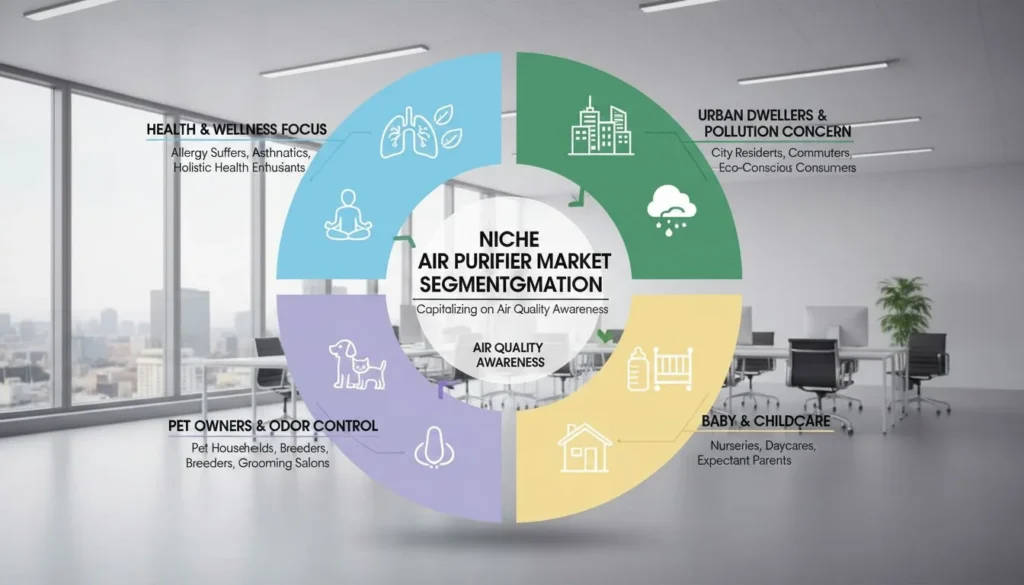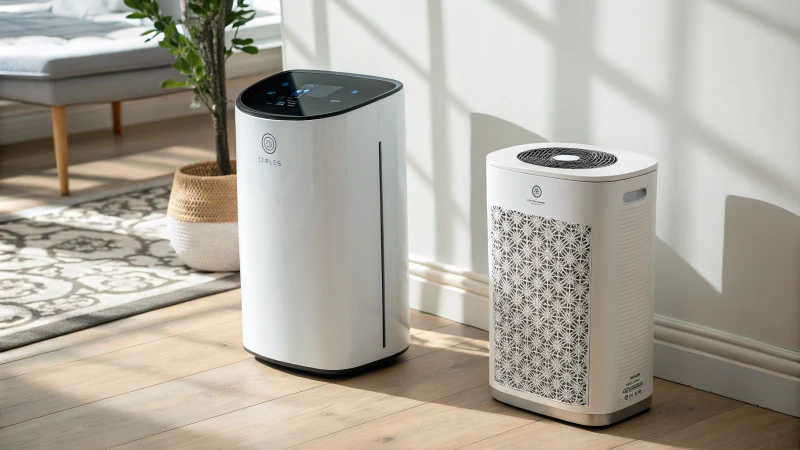
I have always wondered about the fight against dirty air. This interest grows when searching for the best machines to clean the air. China and Pakistan both try hard to create top air purifiers. Which one leads?
China dominates air purifier production because of its cutting-edge technology and strong factories. Pakistan is becoming a rival. This growth comes from rising local demand and close connections with Chinese makers.
After many years of studying air purification, I know China leads in technology and production. China's advantage is unique. Meanwhile, Pakistan's fast-growing market and good trade conditions offer exciting opportunities.
I once visited Pakistan and saw the high demand for clean air solutions. This was a clear sign of the serious air quality problem there. People now understand this issue more. Growing awareness might lead to more local production in Pakistan. Let’s look at how these countries differ in new ideas, costs and market possibilities.
China leads in air purifier technology.True
China's advanced technology and infrastructure support its leadership.
Pakistan surpasses China in air purifier production.False
China's established manufacturing base keeps it ahead of Pakistan.
How does air quality impact air purifier demand in China and Pakistan?
I remember the first day I understood how important clean air truly is. The street in Beijing seemed alive with people. The air was thick, almost touchable. Many people in China and Pakistan are having the same realization now. It’s really important.
In China and Pakistan, bad air quality increases the need for air purifiers a lot. People now know more about how pollution harms health. Air purifiers seem important for a home to stay healthy. A really important fact is that air purifiers seem important.
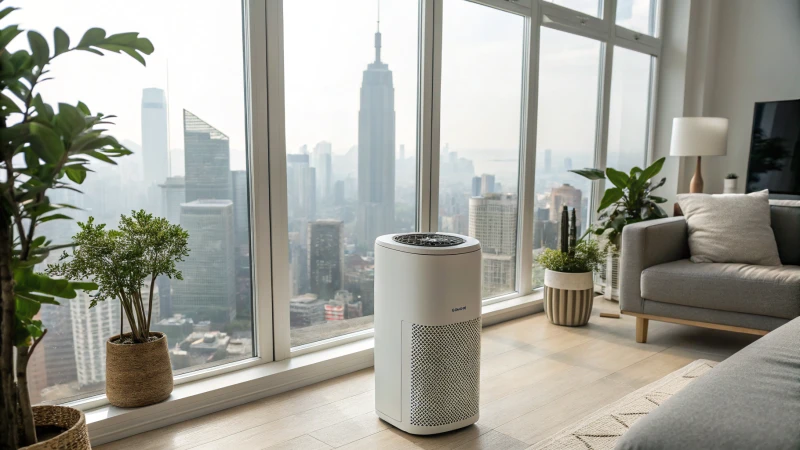
The Role of Air Pollution in Driving Demand
Visits to cities like Beijing and Lahore show why air purifiers are now common in homes. Rapid industry growth in China leads to bad air, creating health worries. Watching a smoggy skyline consuming the horizon clearly shows the urgent need for air purifiers. The Chinese government1 has also implemented policies to tackle air pollution, further influencing consumer behavior.
In Pakistan, the air story has its own twists. Friends there talk about thick smog making breathing difficult. As problems worsen, people learn more about needing clean indoor air. This need for air purifiers at home keeps growing, with public awareness campaigns playing a crucial role.
Economic Factors Influencing the Market
China produces more than 70% of the world's air purifiers. However, tariffs and other economic issues push some to think about moving factories. Colleagues mentioned Vietnam and Malaysia as new possible locations, driven by trade problems.
Pakistan presents a viable option for relocation due to its growing market and favorable relations with China. Building local factories could change its economy. But, the need to import important parts from China, like fans and PCBA boards, could slow progress.
| Country | Air Purifier Market Dynamics |
|---|---|
| China | Leading producer; tariff challenges |
| Pakistan | Growing market; import reliance |
Health Concerns and Consumer Behavior
Health concerns often lead consumer choices. In China, people now know more about bad air and want advanced tech like Decibel Cancellation™2 for better health.
Pakistan recently saw pollution increase quickly, creating urgency among locals. The quick sale of air purifiers shows this need. As more people learn, the demand for these devices in homes will grow.
Potential Market Shifts
Moving manufacturing to Pakistan could change the market, like how new opportunities change industries elsewhere. Local factories might create jobs and advance technology.
China may find Pakistan attractive because of its location and history but must solve infrastructure problems and build a strong supply chain first.
Those interested in these changes can explore the connection between air quality and technology use3 for more understanding of changing consumer habits and economic changes.
China produces over 70% of global air purifiers.True
China is a leading producer, making over 70% of air purifiers worldwide.
Pakistan imports all components for air purifiers locally.False
Pakistan imports key components like fan systems and PCBA boards from China.
Why is China a leader in air purifier manufacturing?
Do you know why people often choose China for air purifiers? China holds a massive 70% of the world market. Efficiency really drives this choice. Strong supply chains support production. Technological skill also plays a big role.
China leads in producing air purifiers. Efficient supply chains help China a lot. Affordable manufacturing reduces costs. Advanced technology contributes to its success. High-quality products come from China. These products sell at competitive prices.
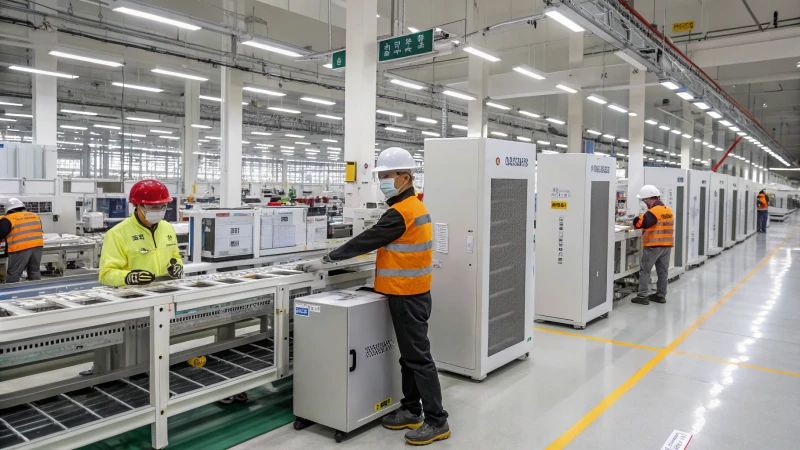
Cost Efficiency and Scale
China is very strong in air purification technology due to cost efficiency. The country benefits from economies of scale, allowing manufacturers to lower costs per unit. This was a lesson I learned the hard way at first. In China, it's normal because they have many resources, so they produce more at less cost per item.
| Factor | Benefit |
|---|---|
| Economies of Scale | Reduced per-unit cost |
| Abundant Resources | Lower raw material prices |
| Large Workforce | Affordable labor costs |
Advanced Technology
China invests heavily in research and development, leading to innovations in air purifier technology. I admire how they use modern tech like IoT and AI in air purifiers. This high-tech approach makes devices better and fits my love for innovation.
- IoT Integration: Allows real-time monitoring and control.
- AI Features: Predict air quality and improve devices.
This commitment ensures that Chinese manufacturers can offer cutting-edge products4 that meet international standards.
Comprehensive Supply Chain
I greatly respect China's supply chain; it works so well that it reminds me of when everything aligns perfectly. Suppliers and manufacturers are close, so they get parts quickly, reducing lead times and minimizing logistical costs. Additionally, the government's support for manufacturing industries further strengthens supply chain resilience5.
Collaborative Ecosystem
Collaboration brings success. I see this in China’s strong network where tech firms and factories work together. This teamwork creates new product features and better quality.
- OEM Partnerships: Allow for quick growth and product customization.
- Tech Collaborations: Lead to innovation and better products.
Thinking about these strengths reminds me why I ventured into environmental protection engineering—the desire to innovate and improve air quality drives me daily.
China's air purifiers use IoT for real-time monitoring.True
Chinese manufacturers integrate IoT technology to enhance air purifier functionality.
China lacks a collaborative ecosystem in manufacturing.False
China's manufacturing benefits from a collaborative ecosystem fostering innovation.
Is Pakistan on the Verge of Becoming a Major Player in the Air Purifier Market?
Picture residing in a city where each breath seems like you are breathing in car exhaust.
Pakistan has great potential to become a key competitor in the air purifier industry. Increasing air pollution raises high domestic demand. Severe air pollution indeed increases the need for air purifiers. Moreover, changes in manufacturing from China grant more opportunities for growth. These shifts present real possibilities.
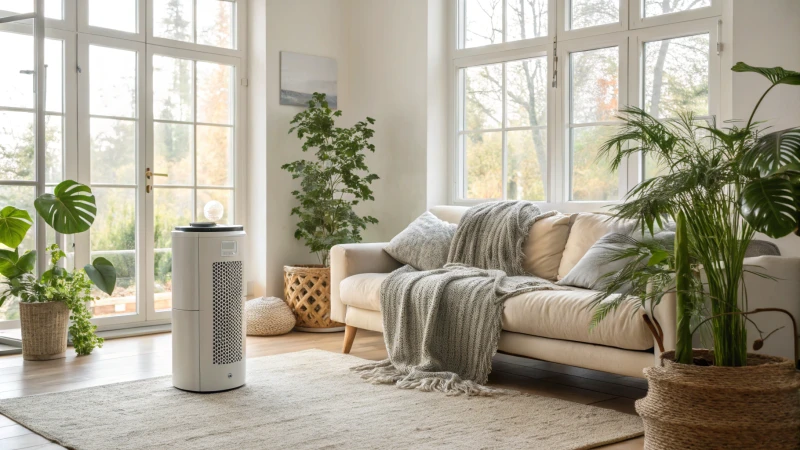
Growing Need in Pakistan
I have seen the busy streets of Lahore and Karachi. The air feels heavy. Air pollution here is not just numbers; it really impacts daily life. Pollution levels keep going up. Many people now want air purifiers. I notice more families in my area getting these devices. Health concerns really push this choice. This change shows awareness and maybe a big rise in the local market6.
Manufacturing Opportunities
Global trade affects local markets. China leads in air purifier production but faces US tariffs. Manufacturers look for new places. Pakistan, with its connection to China, becomes a very interesting choice.
| Country | Current Role | Potential |
|---|---|---|
| China | Leading Manufacturer | Relocation of factories |
| Pakistan | Emerging Market | Possible manufacturing hub |
Our industries really could grow if production shifts here. Setting up a local supply chain7 brings hurdles, but this idea is exciting and worth considering.
Challenges and Thoughts
It's not easy. Our infrastructure is not ready to produce parts like PCBA boards and fan systems. A local entrepreneur shared that these issues may slow growth. But with Chinese investments, I feel hopeful. We could slowly build a strong local industry.
Global Players' Advantages
For big companies like HisoAir8, coming to Pakistan offers entry into a growing market. They may reduce manufacturing costs too. Their goals are sustainability and innovation, which aligns with this idea.
Facing these situations gives a mix of chances and problems. With smart planning and smart investments, Pakistan could play a big role in the air purifier market, benefiting local buyers and global producers alike.
Pakistan's air purifier demand is driven by rising pollution.True
Major cities like Lahore and Karachi face dangerous pollution, increasing demand.
Pakistan currently manufactures most of its air purifiers locally.False
Pakistan lacks infrastructure for key components, relying on imports.
How Do Tariffs and Trade Relations Influence Air Purifier Production?
Picture yourself moving through the complex world of global trade. Tariffs may suddenly alter everything, especially for those selling air purifiers. These economic forces play a big role in our industry. Let's explore how they do it.
Tariffs and trade relations strongly impact air purifier production. Costs, supply chains and market access feel this impact deeply. This influence shifts production locations. Pricing strategies change too.
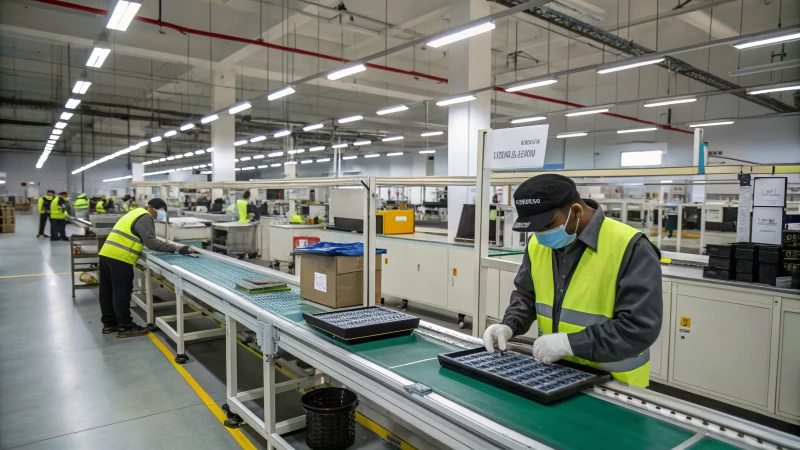
The Role of Tariffs in Air Purifier Manufacturing
I remember the day U.S. tariffs on Chinese imports changed everything. For an air purifier manufacturer, it feels like an endless roller coaster ride. Tariffs are taxes on goods brought into a country. They really change how much things cost us. Many Chinese companies9, facing high U.S. tariffs, probably move their factories to skip these big fees. Think about being in their position - deciding to move a whole factory is a huge deal. This shift very much affects how we set prices and compete in the market.
Trade Relations and Market Dynamics
Trade relations control what happens in the market, like secret forces. When tension appears between countries like the U.S. and China, manufacturers often look for safer options. Some companies set up in places like Vietnam or Pakistan10 not only to escape tariffs but also to enter new markets where people care more about pollution. Demand is growing there, not just cost-cutting; finding new chances is the focus when they come along.
| Country | Reason for Relocation | Benefits |
|---|---|---|
| Vietnam | Avoid U.S. tariffs | Lower labor costs, strategic location |
| Pakistan | Growing domestic market, historical ties | Proximity to emerging markets |
Supply Chain Adjustments
Shifting production is not just about moving locations; it is setting up a new place for the supply chain. It's renovating an old house; every part needs new sourcing, like fan systems and PCBA boards, especially in spots like Pakistan11. Creating this strong supply chain is very crucial for lasting success.
Future Prospects and Strategic Planning
In the changing geopolitical scene, flexibility is key. Manufacturers must not only shift but also look forward, planning carefully for what's to come. Exploring new markets, partnerships and advancing air purification technology are likely important steps. The world is focusing more on sustainability - clean air should not harm the planet.
Knowing these factors helps companies like HisoAir12 stay ahead. We really try to lead with modern solutions in the air purifier field. No matter where production happens, we aim to be always on the frontline of innovation.
Tariffs increase air purifier production costs.True
Tariffs are taxes on imports, raising the cost of manufacturing inputs.
Chinese firms avoid U.S. tariffs by relocating.True
Relocating to countries like Vietnam helps bypass U.S. tariffs.
Conclusion
China leads global air purifier production with advanced technology, while Pakistan's rising demand and potential for local manufacturing present new opportunities amid increasing pollution concerns.
-
Discover how Chinese policies aim to reduce pollution and promote cleaner technologies. ↩
-
Explore how advanced technologies like Decibel Cancellation enhance air purifier performance. ↩
-
Learn how deteriorating air quality influences the adoption of new purification technologies. ↩
-
Explore the latest technological innovations by Chinese manufacturers. ↩
-
Discover how China's efficient supply chains benefit electronic manufacturing. ↩
-
Understand how air pollution drives local demand for purifiers. ↩
-
Learn about logistical hurdles in setting up local production. ↩
-
Discover how companies can benefit from entering new markets. ↩
-
Explores how tariffs between the U.S. and China affect manufacturing costs and decisions. ↩
-
Discusses Pakistan's growing demand for air purifiers due to increased pollution awareness. ↩
-
Examines logistical issues faced when relocating production facilities to Pakistan. ↩
-
Provides insights into HisoAir's approach to maintaining its market position amid global changes. ↩


